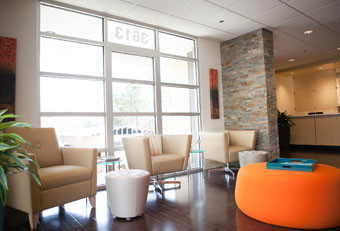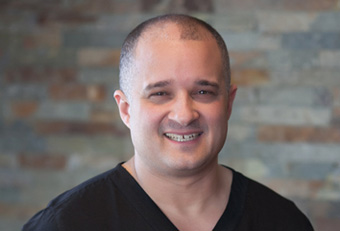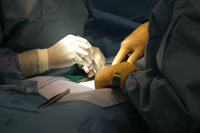 Tubal anastomosis is a surgical procedure which unblocks blocked fallopian tubes.
Tubal anastomosis is a surgical procedure which unblocks blocked fallopian tubes.
When performed by specialist in tubal surgery this procedure can be highly effective at restoring normal fallopian tube anatomy and allowing natural conception. Many patients who undergo the procedure will become pregnant without the need for expensive infertility treatments or medications.
The tubal anastomosis is a straightforward surgical procedure; however, the medical terms describing this procedure are sometimes not so easy to understand.
Tubal ligation: Tubes tied
The term tubal ligation is widely used. Most everyone understands what it means when someone says, ‘they are having their tubes tied’.
The more accurate medical description is a bilateral tubal occlusion procedure. Bilateral means both sides and occlusion means to close and block the tubes. There are many ways to close and block tubes:
Even though there are many ways to have ones ‘tubes tied’ the end result is the same: the prevention of pregnancy.
Ligation reversal: Tubal anastomosis
Tubal ligation procedures can be reversed. Many people call this surgical procedure tubal ligation reversal surgery, but most medical specialists call the procedure a tubal anastomosis.
Tubal is, of course, the fallopian tube and anastomosis means to join. A tubal anastomosis re-joins the previously separated fallopian tube and this will allow for natural conception and pregnancy.
Tubal anastomosis or in vitro?
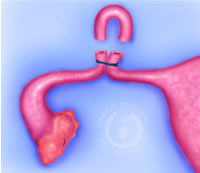 Unfortunately over the years many reproductive specialists have given up on tubal anastomosis in favor of in vitro fertilization. Many of these doctors only perform tubal anastomosis in a hospital and require their patients stay several nights.
Unfortunately over the years many reproductive specialists have given up on tubal anastomosis in favor of in vitro fertilization. Many of these doctors only perform tubal anastomosis in a hospital and require their patients stay several nights.
This makes the surgery very expensive and many times it can cost most than $20,000.
Many of these same doctors also perform in vitro fertilization. This can be done in their office and costs $12,000 to $15,000 for each cycle. As a result, these doctors find it more convenient for themselves and cheaper for the patients to recommend in vitro fertilization. These doctors will often not perform many ligation reversal surgeries but will perform many in vitro cycles.
At A Personal Choice, we have found that tubal anastomosis is more affordable and more successful than in vitro fertilization. Tubal reversal surgery costs less than $6,000 at our surgical center.
Tubal reanastomosis: Correcting fallopian tube anatomy
Occasionally when a tubal anastomosis is performed, one or both tubes could heal with a blockage. This occurs about 6% of the time and a second surgery to remove the blockage can be performed and this is technically referred to as a tubal reanastomosis or a re-rejoining of the fallopian tubes.
Reversal of tubal ligation
We specialize in reversal of tubal ligation. As a result of our specialization, we are able to keep the cost of tubal reversal surgery very affordable and attainable for most women.
We perform our surgeries in our own surgical center and are able to avoid the high cost of medical care one finds in a hospital setting. We are able to perform most tubal reversals for under $6,000 and most Essure and Adiana reversals for under $7,000. Our dedication to tubal surgery has kept reversal of tubal ligation as a meaningful alternative to in vitro fertilization.
Pregnancy after tubal ligation
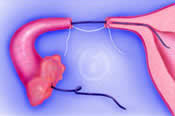 If one has a tubal anastomosis to reverse their tubal ligation then pregnancy is very possible. We have seen the chances for pregnancy after ligation reversal go as high as 80% for some patients and we have had patients older than 45 years of age become naturally pregnant after reversal.
If one has a tubal anastomosis to reverse their tubal ligation then pregnancy is very possible. We have seen the chances for pregnancy after ligation reversal go as high as 80% for some patients and we have had patients older than 45 years of age become naturally pregnant after reversal.
Most patients who have ligation reversal will become pregnant and will not need a second surgery. Many patients tell us even if they do not become pregnant they are happy they have had the chance to put their bodies back together and to reverse the regret of their ‘permanent sterilization’ procedures.
Readers interested in more information about ligation reversal can call (919) 968-4656 to speak with a ligation reversal nurse, can request a free tubal ligation reversal consultation, or ask questions on our Tubal Reversal Facebook group page.
Submitted by Dr. Charles Monteith







